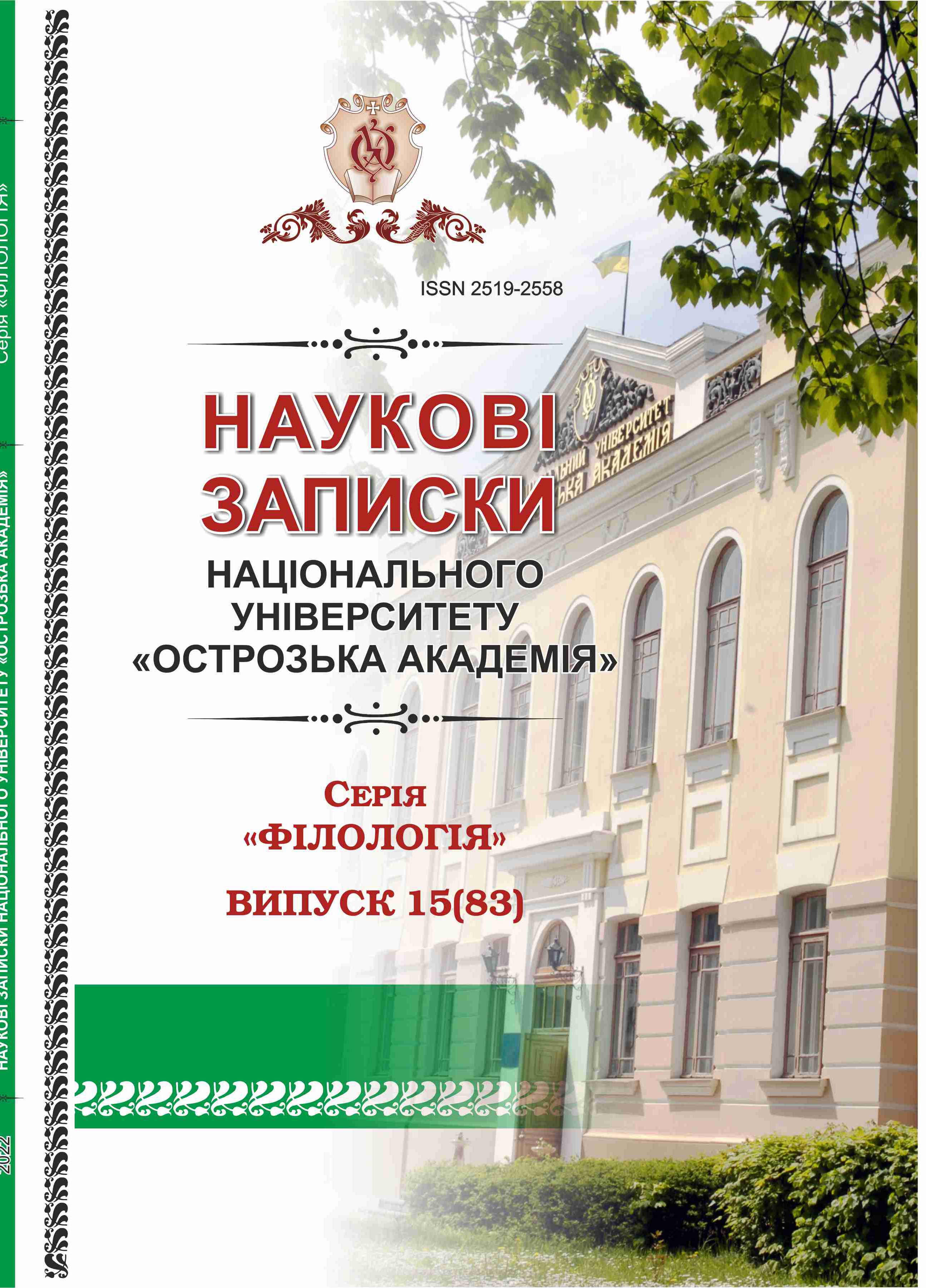TEACHING STUDENTS VETERINARY TERMINOLOGY (ON THE BASIS OF THE DISEASES OF ANIMALS)
Keywords:
special veterinary terms; borrowings; the names of animal diseases; English for Specific Purposes; English for Veterinary Medicine; derivatives; communicative approachAbstract
The article is devoted to teaching English at higher veterinary institutions. The importance of mastering veterinary terminology by future specialists for the successful scientific and practical clinical activity is emphasized. The significance of understanding the main peculiarities of the veterinary terminological system is stated. The research outlines the main features of veterinary terms. It represents the classification of the names of animal diseases as a part of specific veterinary terminology. They are classified according to the key words contained in the name: the distinctive symptom stated, the afflicted organ or the susceptible animal mentioned, the name of the researcher or the place of disease outbreak denoted, etc. The importance of understanding the main morphological features of the words of Greek and Latin origin naming the diseases of animals for those enriching professional vocabulary is shown. English for veterinary students is viewed as a part of English for Specific Purposes and as the one that corresponds to its main requirements and principles. The article comprises exercises for mastering veterinary terminology denoting diseases of animals in different types of reading, speaking, listening and writing activities. The importance of using modern comprehensive and translator dictionaries by students studying veterinary terminology is emphasized. The role of co-relation with other university courses is stated and illustrated.

